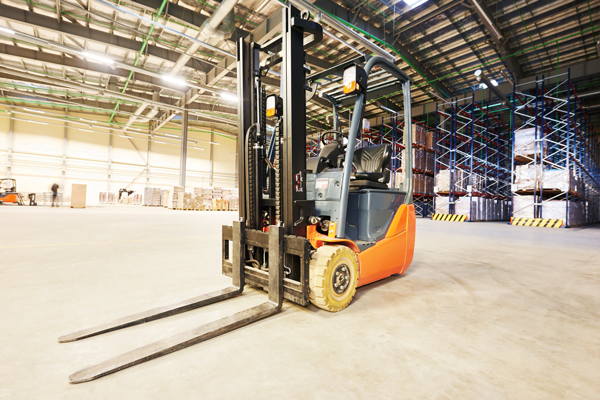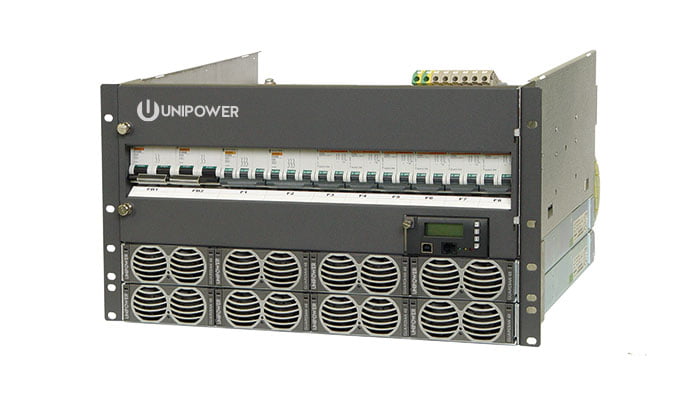KOKOMO, INDIANA July 21, 2021 – Green Cubes Technology (Green Cubes), the leader in producing Lithium-ion (Li-ion) power systems that facilitate the transition from lead acid batteries and Internal Combustion Engine (ICE) power to green Li-ion battery power, appointed Ken Johnson as Chief Operating Officer (COO) for the company. Mr. Johnson reports to Keith Washington, President and CEO of Green Cubes, supporting all business units and operations.
Mr. Johnson provides leadership to supply chain, operations, and manufacturing roles to build processes for continued growth for Green Cubes within Telecom, Materials Handling, and Industrial Automation markets. Mr. Johnson will manage Green Cube’s production facilities in Malaysia, Slovakia, Kokomo (Indiana), and Dunlap (Tennessee).
“Ken has led both domestic and international operations and supply chains through new product introduction, lean transformations, inventory reductions and overall working capital improvement,” said Mr. Washington. “I am confident his experience and focused vision will help Green Cubes successfully execute its continued growth within strategic markets and geographic locations.”
Mr. Johnson has a history of success in energy storage and power electronics technology as an operations leader with a demonstrated track record of success in these markets, spending over 25 years in global manufacturing and supply chain with companies such as IBM, Danaher, Eaton and Active Power. The range of products manufactured under Mr. Johnson’s supervision includes personal computers, motors, DC power systems and single phase/three phase complex Uninterruptable Power System (UPS). Mr. Johnson graduated with a Bachelor of Science and Master of Engineering degree from Texas A&M in Industrial Engineering.









